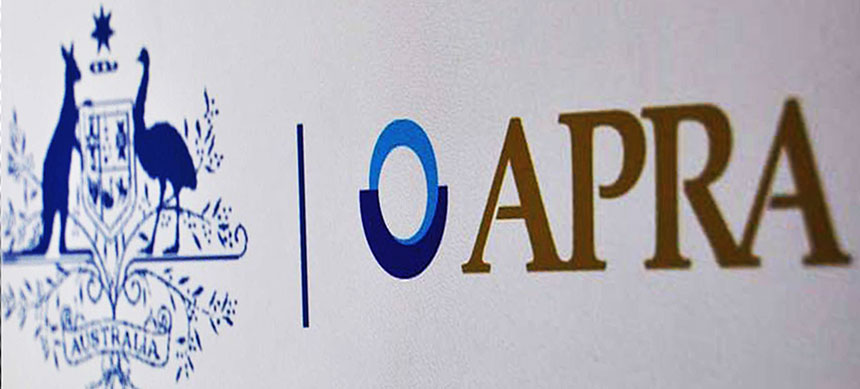The Australian Prudential Regulation Authority’s (APRA) macro-prudential easing on interest-only residential mortgages is unlikely to meaningfully affect loan growth, as tighter underwriting standards have become the most effective constraint on riskier types of lending, says Fitch Ratings.

The restriction that interest-only loans cannot exceed 30% of new mortgages, which APRA will remove from 1 January 2019 for most banks, was put in place in March 2017 as part of the regulator’s efforts to contain banking-sector risk amid rising house prices and high and increasing household debt. The cap initially had a strong impact, but banks have collectively been operating well below the limit over the previous year due to stronger underwriting standards. This partly reflects the regulatory focus on risk control and mortgage underwriting – with APRA strengthening serviceability testing, for example – while banks have also become more cautious as market conditions have toughened.

The benchmark will be removed for banks that have provided assurances on maintaining the strength of their underwriting standards, which was also a requirement for the removal of a cap on investor loan growth in April 2018. Most banks have provided these assurances.
Some banks could take advantage of the cap removal to gain market share in a slow credit-growth environment, but we expect no more than a small uptick in overall interest-only lending. Lending standards should continue to curb the pace at which interest-only loans are made available by banks. The weak housing market, especially in Sydney and Melbourne, is also a headwind to interest-only lending, as it will dampen investor demand and speculative buying. We forecast nationwide house prices to drop by 5% yoy in 2019.
Fitch expects Australian banks to continue tightening control frameworks and underwriting standards, especially around expense testing and income verification, which should support the quality of new mortgages. APRA plans to review banks’ risk controls and interest-only lending as part of a broader assessment of lending standards next year.
The interest-only lending cap is the last macro-prudential measure outstanding. Fitch maintains a negative outlook on Australia’s banking sector, as bank returns are likely to fall further in the near term on slowing mortgage credit growth – especially in the residential mortgage segment – further remediation and compliance costs associated with inquiries into the financial sector, higher wholesale funding costs and rising loan-impairment charges.
